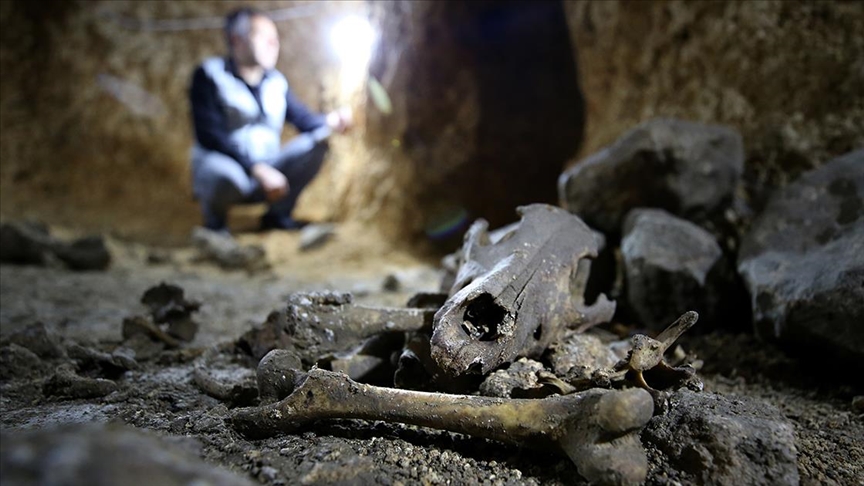
A 1000-year-old Seljuk rug is being exhibited at the Sivas Museum
A special section has been created at the Sivas Atatürk Congress Museum, where 62 historical rugs are being exhibited. Among the works is a historical rug from the Seljuk period, which is estimated to be 1000 years old, and it is attracting the attention of visitors. The Seljuks were a dynasty of Oghuz Turks who

The Devil’s Castle in Ardahan, which is estimated to have been built by the Urartians, will be restored
The Devil’s Castle (Şeytan Kalesi in Turkish), located in Ardahan in eastern Turkey, will be restored by the Ministry of Culture and Tourism. The castle is estimated to have been built by the Urartians. The restoration of the Devil’s Castle, located in the heart of the Karaçay Canyon, aims to transform the region into a
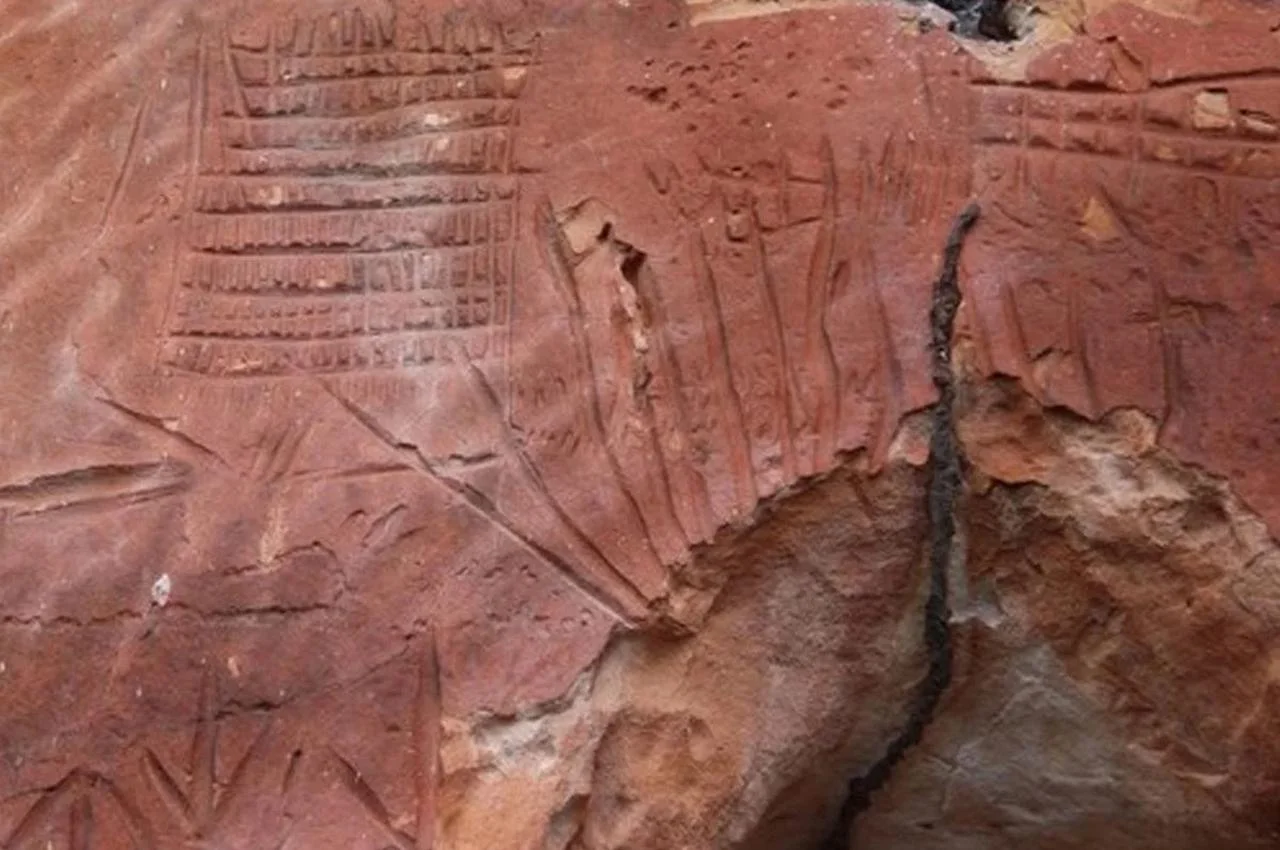
New areas of ancient art have been discovered in the Jalapão region of Tocantins, Brazil
Archaeologists working in the Jalapão region of Tocantins, Brazil, have made a significant discovery: 16 new archaeological sites containing ancient rock art dating back 2,000 years. Explored by Brazil’s National Institute of Historical and Artistic Heritage (IPHAN) since 2022, these sites display a wide variety of rock art works, including human and animal footprints, carved
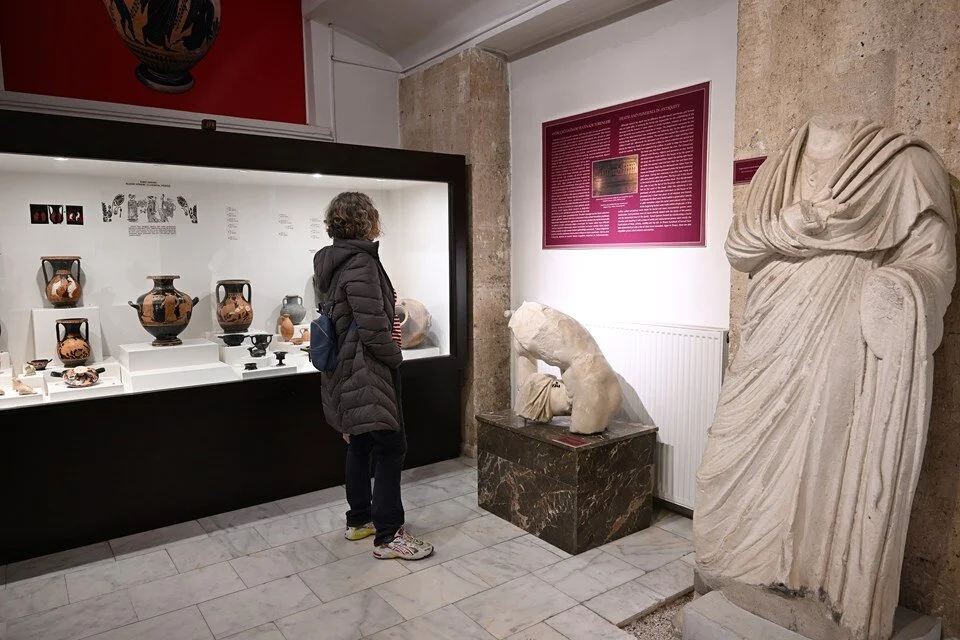
Edirne Archaeology Museum takes its visitors on a journey to the Roman period
Hosting a collection of 29 thousand pieces, Edirne Archaeology Museum takes its visitors on a journey to the Roman period with its rare Roman artifacts. In the museum, the family sarcophagus from the Roman period and the Nike statuette excavated from the excavations of the ancient city of Enez are among the prominent artifacts. Edirne
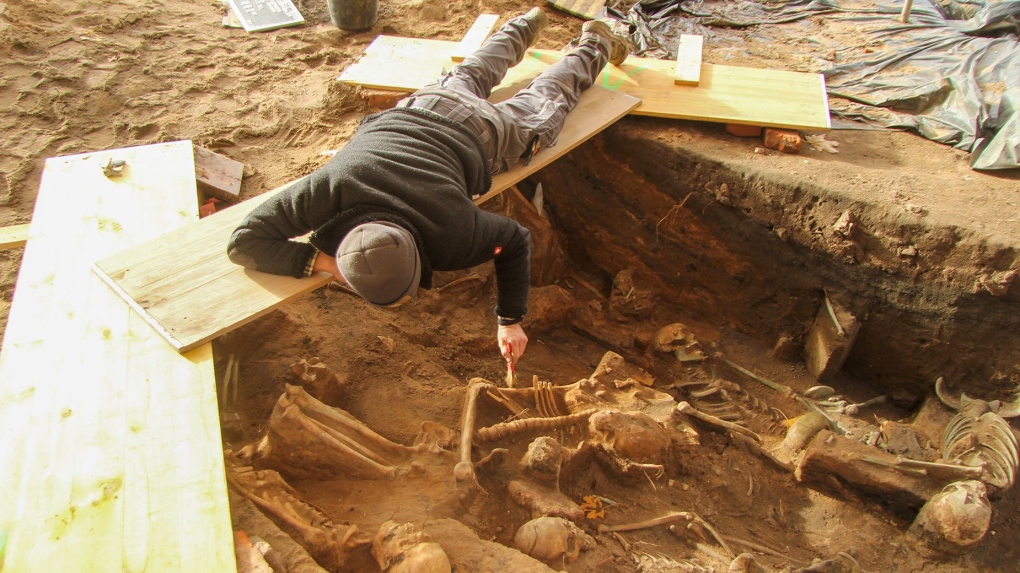
A mass grave containing hundreds of plague victims was found in Germany
Archaeologists have excavated a mass grave in Germany containing the remains of hundreds of people who died during the Black Death plague that ravaged Europe in the 14th century. The mass grave is located in the center of the city of Nuremberg. The grave is thought to contain 1,500 skeletons. So far, 1,000 skeletons have

Stone tools discovered in Ukraine could be the oldest evidence of human presence in Europe
According to new research, chipped stone tools made from volcanic rock discovered in western Ukraine could be the oldest evidence of human presence in Europe. Chipped stone tools made from volcanic rock were extracted from a quarry in Korolevo in the 1970s. Archaeologists used new methods to date the sedimentary rock layers surrounding the tools
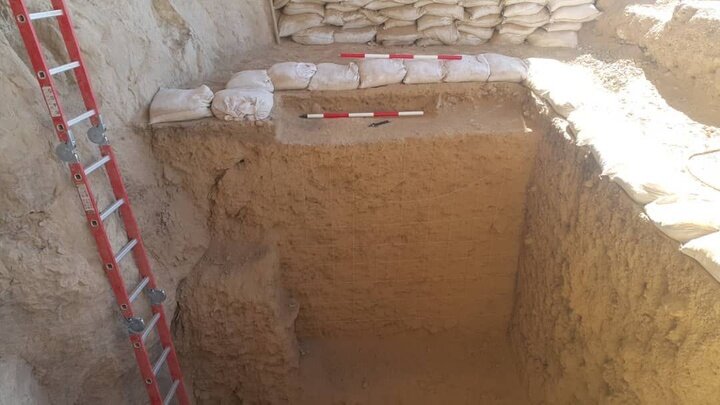
Human traces dating back 14,000 years have been discovered in the rock shelters of Pir-Quch in southern Iran
Archaeologists have found human traces dating back to around 14,000 years ago in recent excavations in the rock shelters of Pir-Quch in southern Iran. Stone tools and bones were also found in the shelters. The recent excavations, carried out with the permission of the Cultural Heritage and Tourism Research Institute, are being led by Hassan
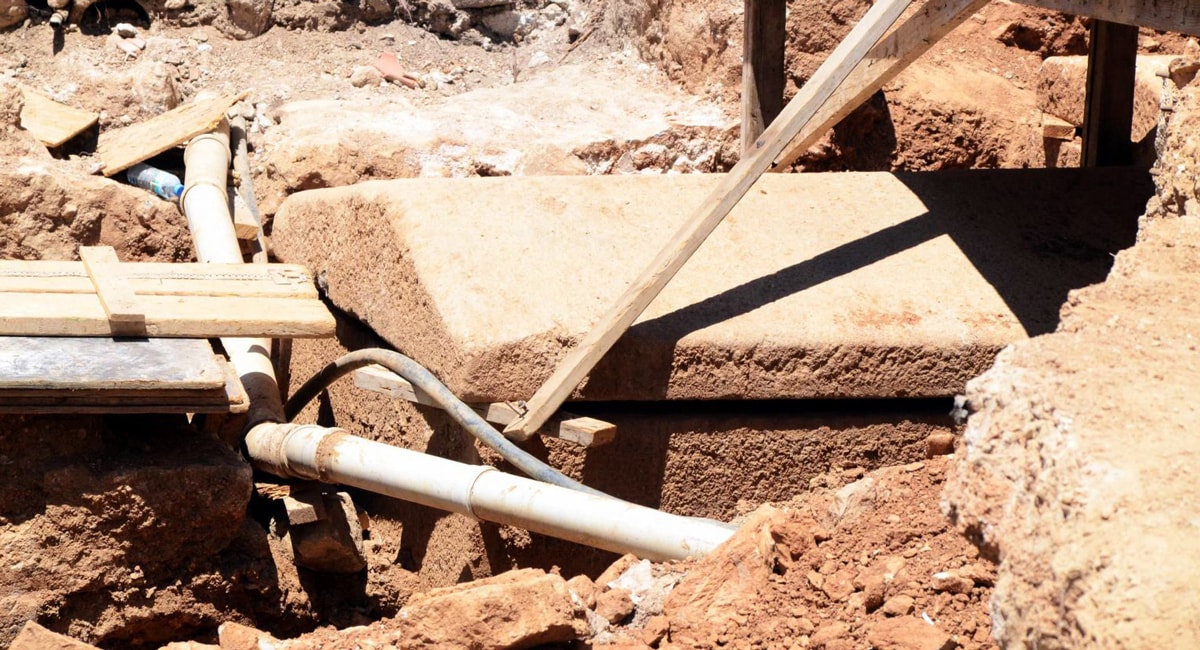
A sarcophagus was found during a drilling excavation at a construction site in Bodrum
A sarcophagus and its lid belonging to the ancient city of Myndos were found during a drilling excavation for a construction site in Peksimet neighborhood of Bodrum district of Muğla. The ancient city of Myndos is located in the west of the Bodrum Peninsula, in today’s Gümüşlük area. It is a city that appears in
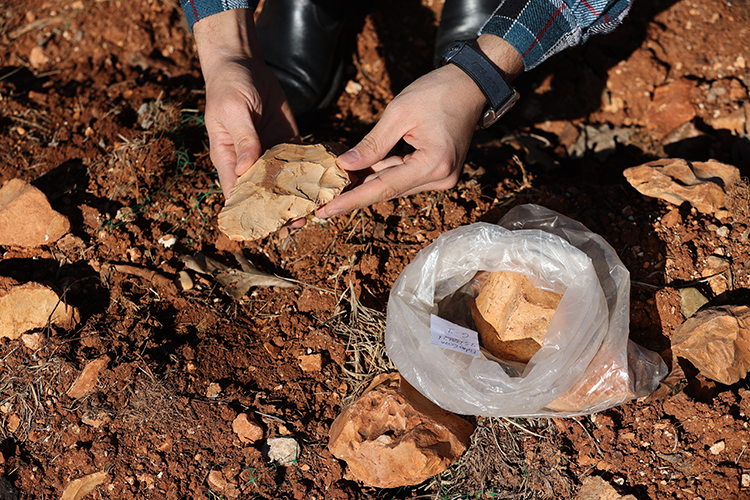
8,200 artifacts from the Paleolithic period were discovered on a university campus in Turkey
Experts working in a pistachio orchard on the campus of Gaziantep University unearthed 8200 Paleolithic artifacts. The survey work in the pistachio garden started in 2021 with the permission of the Ministry of Culture and Tourism. During the research conducted under the direction of Gaziantep Museum Directorate, 8,200 chipped stone artifacts used in activities such

